25 years ago, our project was born from the passion to guarantee the food safety of our consumers, bringing them fresh fruits and vegetables, carefully cultivated, with the highest quality standards and directly from the field.
We are known for providing a complete service, starting with the supervision of the cultivation and harvesting of world-class fruits and vegetables, to finally implement transportation, logistics and delivery strategies that guarantee the maximum freshness of the products.

The plant is a perennial herb 1 to 1.5 meters tall, with an oval and thick fruit measuring 30 cm in length and 15 cm in diameter. Its pulp is surrounded by green bracts that turn orange as they ripen, forming the fruit's skin. At the top end, the bracts transform into a crown of leaves. Its yellow or white flesh is fleshy, aromatic, juicy, and sweet. Inside, there is a fibrous and hard core that extends from the crown to the pedicel.
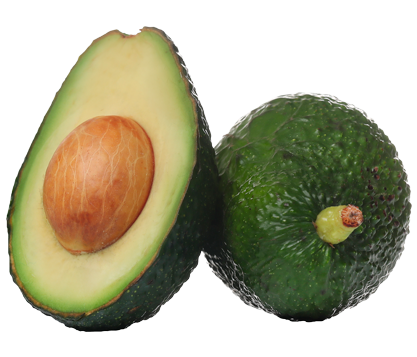
The fruit is a single-seeded berry, oval in shape, with a smooth or rough surface, and a broad weight range (between 120 and 500 grams). It is greenish in color with thin or thick skin. The pulp is firm and oleic, with a color that varies from yellow to light green. It contains a large seed (5 to 6.4 cm), which is hard and heavy.
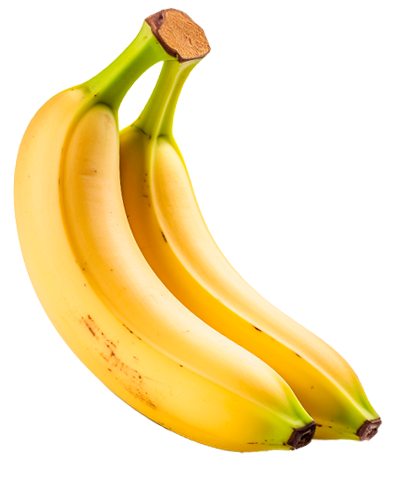
The banana is not a tree but a megaforbia, a large perennial herb. It lacks a true trunk. The fruit forms a compact cluster that gives rise to 'hands' composed of 'fingers,' which are the fruits, covered by a leathery green pericarp in the immature specimen and intense yellow when ripe.
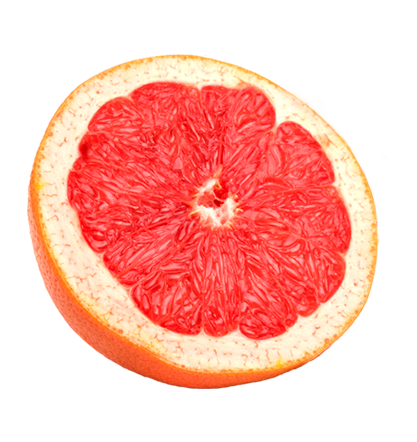
The fruit is almost 10-15 cm wide with a smooth skin up to one centimeter thick, sometimes with a pink tint on the outside and aromatic. Inside, it is white, spongy, and bitter. The pulp, pale yellow, almost whitish or pink, or even red, has 11 to 14 segments with thin, membranous, and somewhat bitter walls, very juicy, sweet-sour to sour in taste when fully ripe.
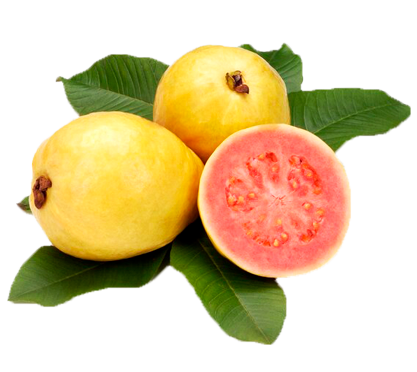
Tree or deciduous or evergreen shrub, 3 to 10 m (up to 20 m) in height. The fruit is berries, up to 8 cm in diameter, globular to ovoid, fleshy, creamy yellow to pink in color, with a fragrant smell and sweet-tart flavor. Thin outer skin of yellow color; fruit containing numerous seeds.
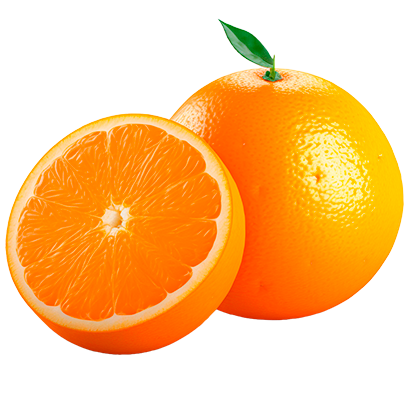
Citrus fruit obtained from the sweet orange tree. It is a fleshy hesperidium with a more or less thick and hardened peel, and its pulp is typically composed of eleven segments filled with juice.
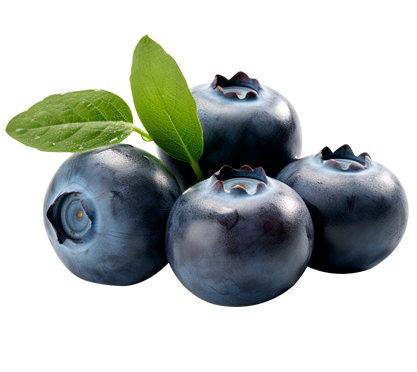
The red cranberry bush is low, with stems 10 cm or less. The fruits are initially sub-spherical white berries that turn bright reddish-pink or crimson when ripe. They have a diameter of 9 to 14 mm and a smooth appearance. The fruits have a bitter taste. Inside the berry, there are locules that house the seeds.
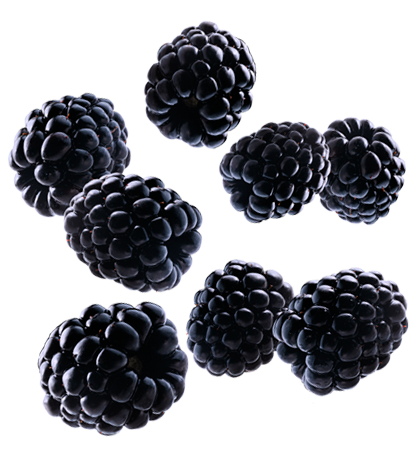
The fruit is a berry ranging from 5 to 16 mm in diameter with a bell-shaped crown at the end. They are initially pale greenish, then reddish-purple, and finally uniformly blue when ripe. They generally have a sweet taste when ripe, with variable acidity.
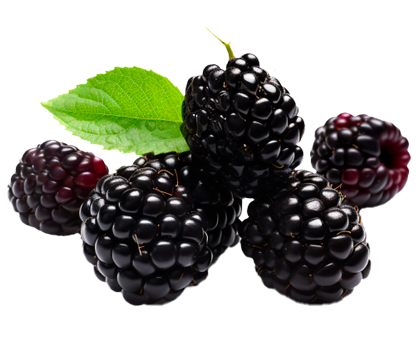
It is a bushy-looking shrub, with thorny and pentagonal-sectioned branches that can grow up to 3 meters. Its fruit consists of small clustered and interconnected drupes (multiple drupe), initially red and turning black when ripe.

Tuna is a fruit from the cactus family, derived from the prickly pear. It has a thick and spiky skin with pulp abundant in seeds.
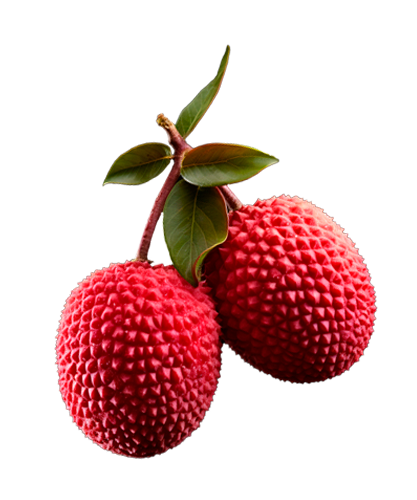
Lychee is a medium-sized evergreen tree that can reach a height of 12 meters. The fruit is an ovoid drupe, about 2.5 cm in diameter or larger. The outer part (epicarp) is intense pink to red, with a smooth or rough texture with protuberances; it's thin and easy to peel. The mesocarp (interior) consists of a juicy, white, translucent pulp with a sweet and fragrant taste. In the center is the seed surrounded by a hard endocarp.
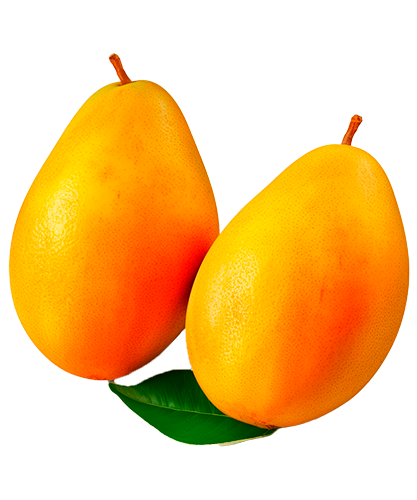
It consists of a peel, an edible pulp (the mesocarp), and a hard endocarp that contains a seed. During the fruit's development, the peel is dark green in color, which changes to light green, yellow, orange, red, or burgundy when the fruit ripens.
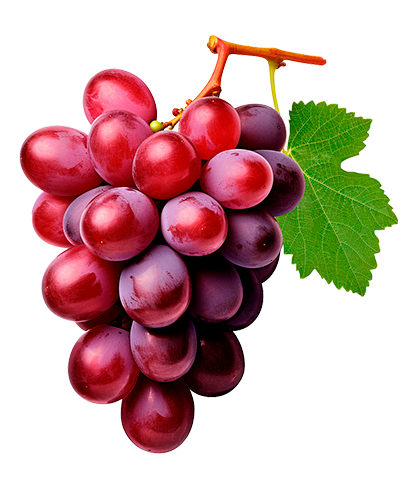
The vine is a plant that is cultivated as bushes and climbs using tendrils that twist around other plants. The leaves are large and lobed, and the flowers are small and grouped in clusters. Grapes are a fruit that grows in tight clusters. Its pulp is white or purple and sweet in taste. The skin can be green, yellowish, or purplish, and the pulp is juicy and sweet, containing several seeds or pips.
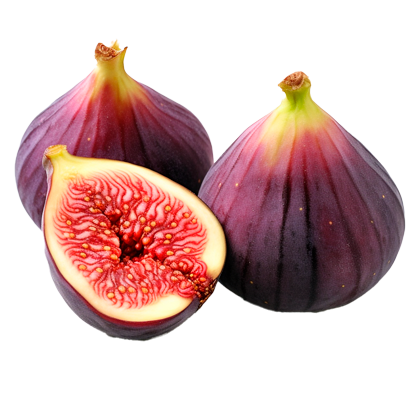
The fig tree is a plant with excellent adaptability to different types of climates. Figs typically measure between 6 to 7 cm in length. They are covered with a thin skin that ranges from green, purple, to black. The pulp is fleshy and has an intense sweet flavor.
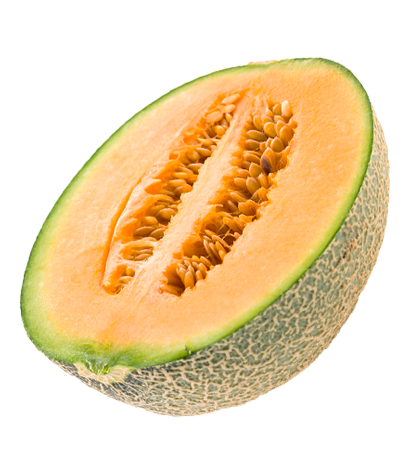
The plant has soft and hairy stems that grow close to the ground. Its fruit is a pepónide berry, ranging in shape from spherical to ellipsoidal. The skin can be white, gray, green, or yellow and has a smooth, wrinkled, or reticulated texture. The pulp is aromatic, with a soft texture and comes in different colors: yellow, green, pink, and intermediate shades. In the center, there is a cavity that contains many seeds coated with a sticky substance.

The lemon tree is a tree that reaches about 6 meters in height and is evergreen, producing fruits throughout the year. Lemons belong to the citrus family and therefore share many characteristics with other citrus species, such as having thick skin. The pulp is pale yellow, juicy, and has a sour taste, divided into segments.

The tree is always green, with a height not exceeding 10 meters, and it has low and spreading branches. Its fruit (the star fruit) appears in clusters on the branches and trunk: thick, ovoid or ellipsoid berries, 8-12 x 5-6 cm in size, yellow-orange when ripe, and star-shaped with 5 angles. Its cross-section resembles a five-pointed star. Its pulp is juicy, somewhat fibrous, and acidic.
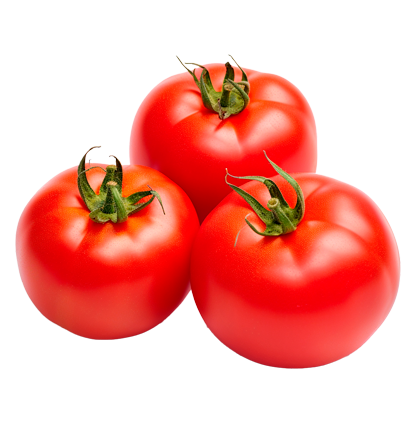
It is a plant with a long, climbing stem. It has a deep, unbranched taproot system. The fruit is a highly colored berry, typically ranging from yellowish to red. It has a slightly acidic taste and is generally round and flattened in shape.
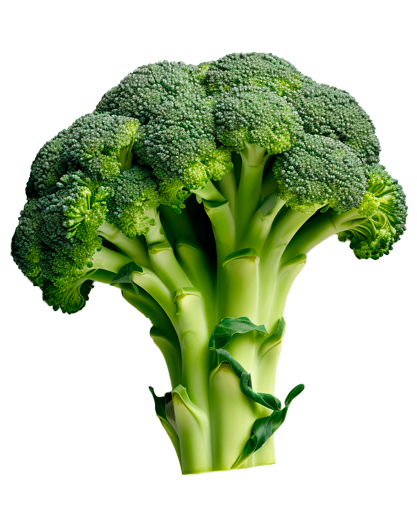
Broccoli is an annual crop with plants that grow from 60 to 90 centimeters in height. It culminates in a mass of green flowers that can reach a diameter of up to 35 centimeters. This plant has abundant edible fleshy floral heads ("flowers") in green color, arranged in a tree-like shape on branches that stem from a thick stalk; the large cluster of heads is surrounded by leaves.

Asparagus is a species in the Asparagaceae family. It is a perennial herbaceous plant with highly branched foliage, giving it a feathery appearance. Its cultivation lasts for quite a long time in the soil, typically around eight to ten years. The asparagus plant consists of branched aerial stems and an underground part composed of roots and buds, commonly referred to as the "crown." The young shoots of this plant are harvested to obtain the vegetables known as asparagus.

They are flattened and elongated pods, varying in color, shape, width, and length, with a variable number of seeds inside depending on the species. The texture of the pod can be parchment-like with strong fibers.
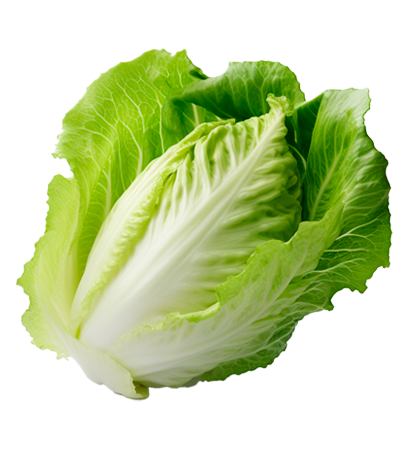
It is a herbaceous plant with a mild taste, typically deep green in color that lightens towards the stem and darkens towards the tip of the leaf. It has a branching taproot of about 25 cm. Growth occurs in the rosette; the leaves are arranged around a central, short, cylindrical stem that gradually elongates to produce the inflorescences.
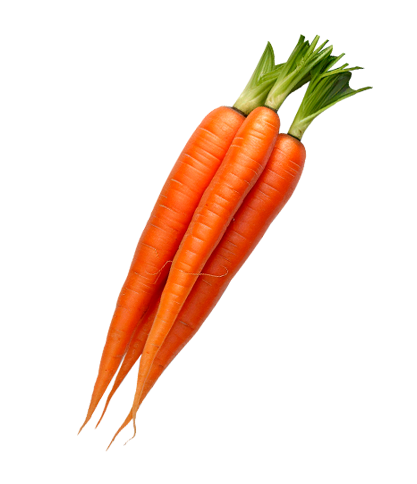
Biennial plant that forms a rosette of leaves in autumn and winter. The flowering stem grows to about 10 cm with an umbel of white flowers at the apex. The edible root is typically hard, solid, orange with yellowish perpendicular veins along its length. It has a slightly sweet taste.
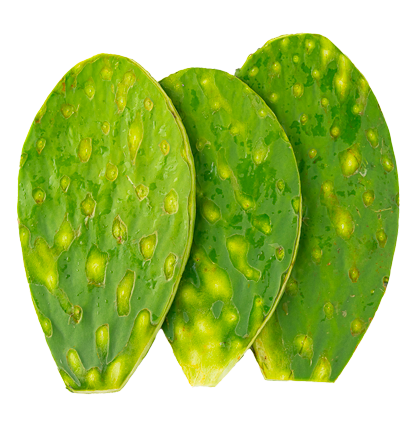
It is a perennial and succulent species, meaning it doesn't lose leaves in a season and stores a large amount of water in its stems. Its structure consists of several stems and branches formed by flat segments called cladodes or pads, which can branch out. It reaches a height of between 3 and 5 meters. It lacks leaves along the pads. These are green, oval-shaped, and their waxy surface has spines surrounded by fuzz; these groups of spines are called glochids.

It is a deciduous shrub ranging from 140 to 250 cm in height from the genus Rubus, native to Europe and northern Asia. The branches arise from a short, highly branched underground stem. The fruit is a multiple fruit with a strong and sweet flavor. Raspberries fruit in late summer or early autumn, are oval-shaped, and are covered in hairs.
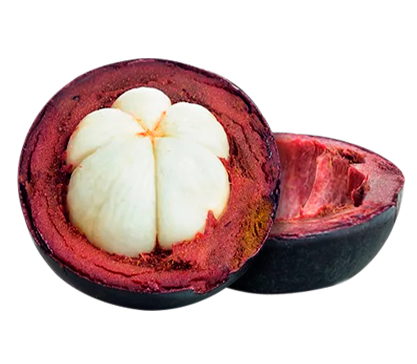
The tree grows from 6 to 25 meters tall. The fruit of the mangosteen is sweet and tangy, juicy, somewhat fibrous, with vesicles filled with liquid (similar to citrus pulp), and it has an inedible dark purple-red rind (exocarp) when ripe. In each fruit, the fragrant edible flesh that surrounds each seed is the endocarp, which is the innermost layer of the ovary. The seeds are almond-shaped and have a certain size.
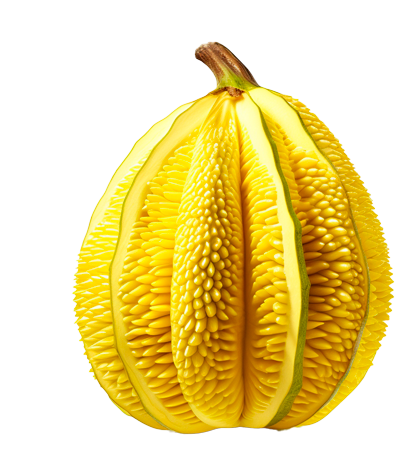
It is a plant species belonging to the mulberry family. It is native to Indonesia. The interior of the fruit is a color between yellow and orange, similar to mango. Its juice is slightly acidic and deeply sweet, with a flavor that resembles a mix of mango and orange. The fruit can weigh anywhere from 30 to 50 kilograms. It is considered an exotic and tropical fruit, so it requires care and, above all, good climatic conditions.
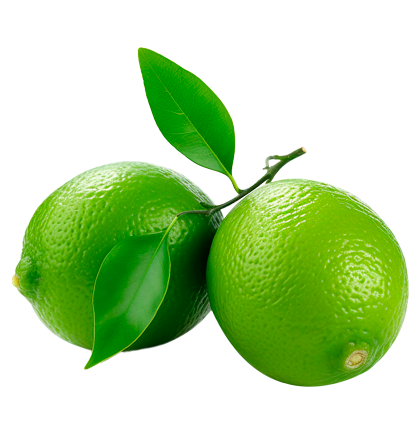
The Persian lime tree is moderately vigorous, of medium to large size, and can reach heights of 4.5 to 6 meters. It has small white flowers. The fruit is oval and generally rounded at the base. The peel of the Persian lime is intensely green until it ripens and turns pale yellow, while the pulp is yellowish-green when ripe. The fruit usually does not have seeds.
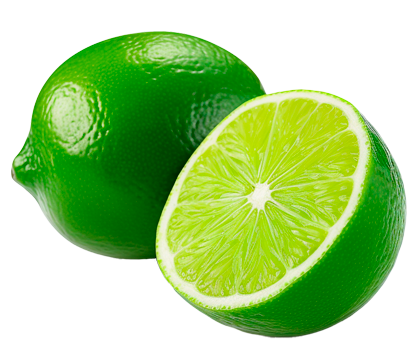
Perennial fruit tree very similar to the orange, about 6 m tall, and usually twisted trunk, branches densely branched from very below. The fruit, globular in shape and between 2.5 to 3 cm in diameter, is yellowish-green when ripe, although it is usually consumed before ripening.
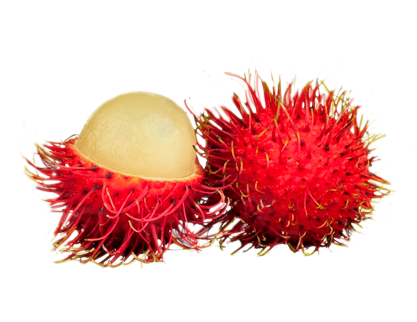
It is a medium-sized tropical tree native to Southeast Asia. The fruit is an oval drupe, 3-6 cm long and 3-4 cm wide, born in clusters of 10-20 together. The skin is reddish and covered with soft spines. The fruit has a white, juicy pulp that can be either tart or very sweet and honey-like.

It is an herbaceous plant with an annual cycle, climbing or creeping, with rough-textured stems and five-lobed leaves. The fruit of the plant is large (usually over 4 kg), pepo, fleshy, and juicy (more than 90% is water), almost spherical, with a smooth texture and no porosity, with green color in two or more tones. The pulp is red and generally sweet in taste. The numerous seeds can measure up to 1 cm in length.
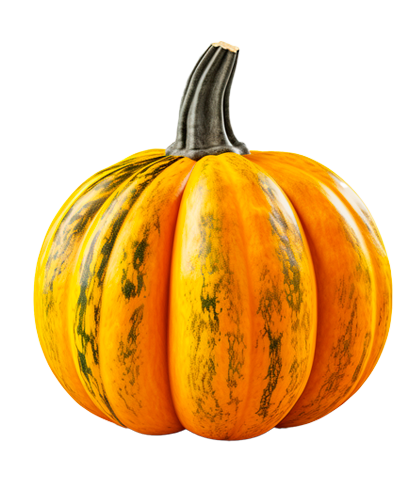
It is an annual, monoecious plant with developed tendrils, which tend to root in the internodes, helping the plant to attach to the surface of the soil. The fruit has a hard shell of opaque or glossy green color, and the pulp is fine and fibrous with shades of yellow to orange. The weight varies from 1.2 to 1.5 kg but can weigh up to 3.5 kg. The seeds are large, thick, and smooth, white or pale brown in color.
We are vertically integrated from the field through all the links in the supply chain, which allows us to oversee the quality and freshness of our products. Once we receive the customer's requirements, we begin with our search and logistics strategy. In collaboration with certified producers, we collect the best harvest, evaluate and select the product that meets the established specifications. We pack, palletize, cool, and preserve the fruit. We schedule land, air, or sea transport to take it to distribution centers or the required location.
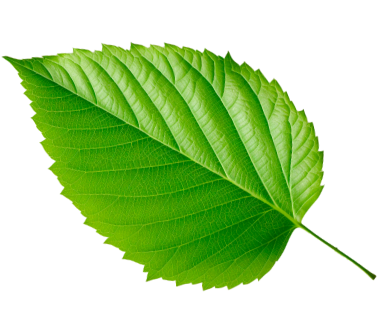


Discover the origin of our finest harvests.
Select a state
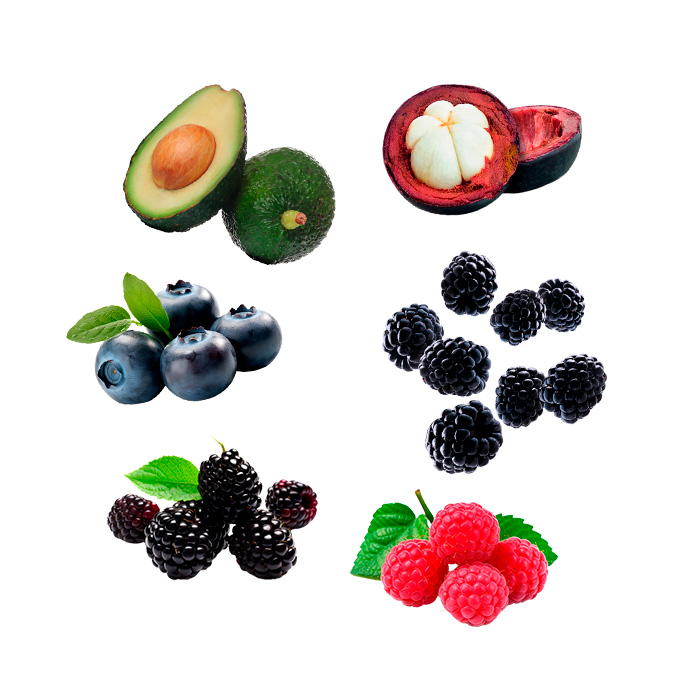
Avocado, Cranberry, Blueberry, Blackberry, Raspberry, Mangosteen
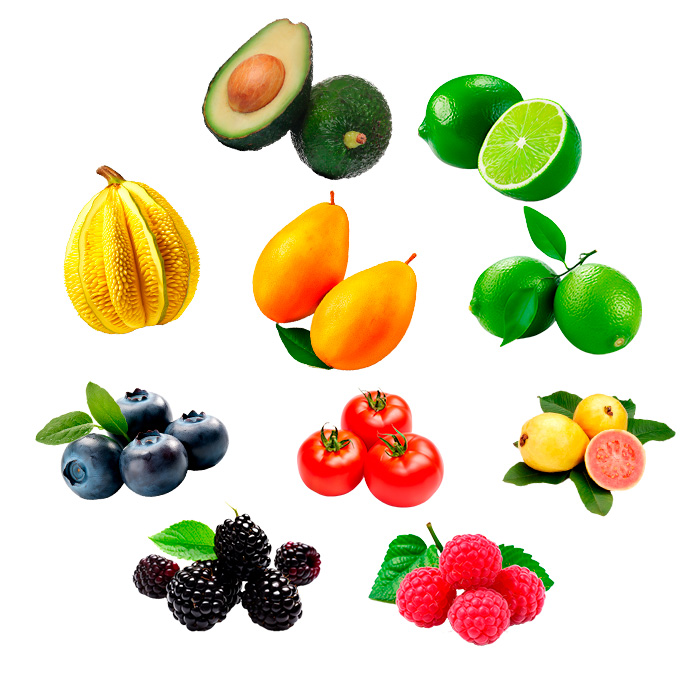
Avocado, Guava, Cranberry, Blackberry, Mango, Tomato, Raspberry, Jackfruit, Persian Lime, Mexican Lime
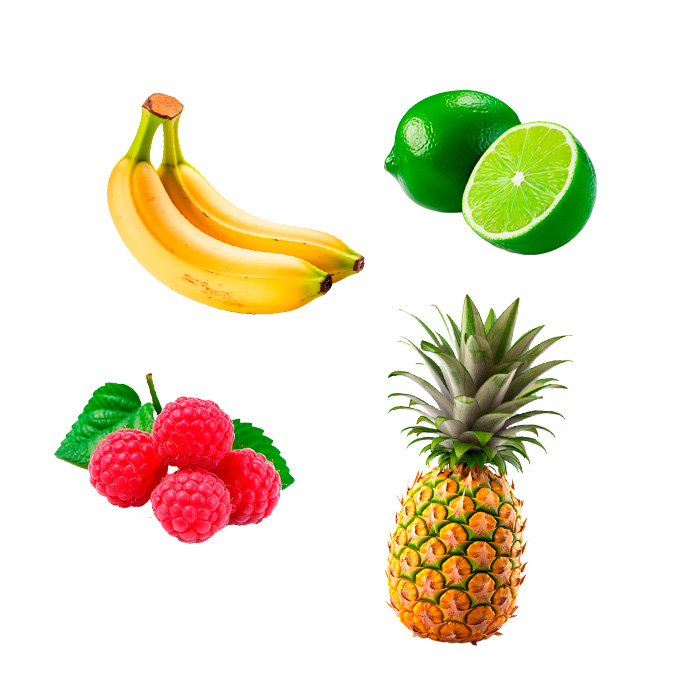
Organic Banana, Conventional Banana, Guava, Pineapple, Raspberry, Mexican Lime
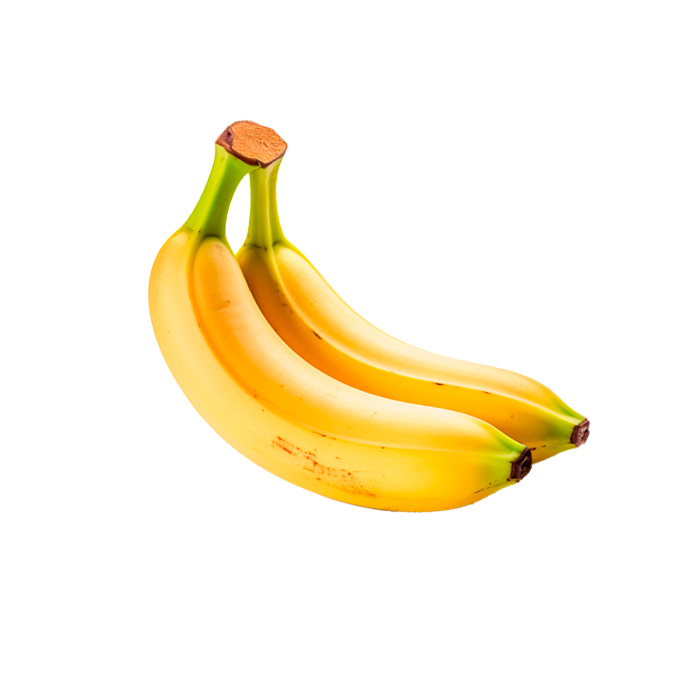
Conventional Banana
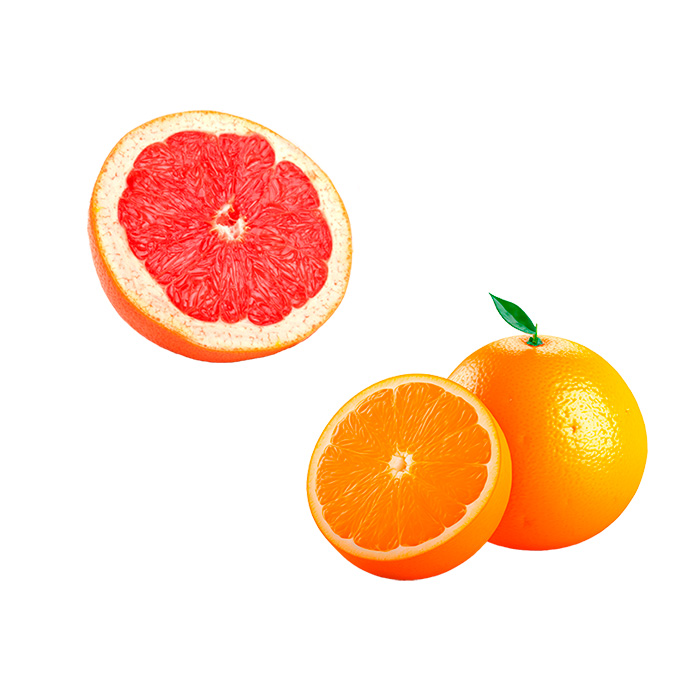
Grapefruit, Orange
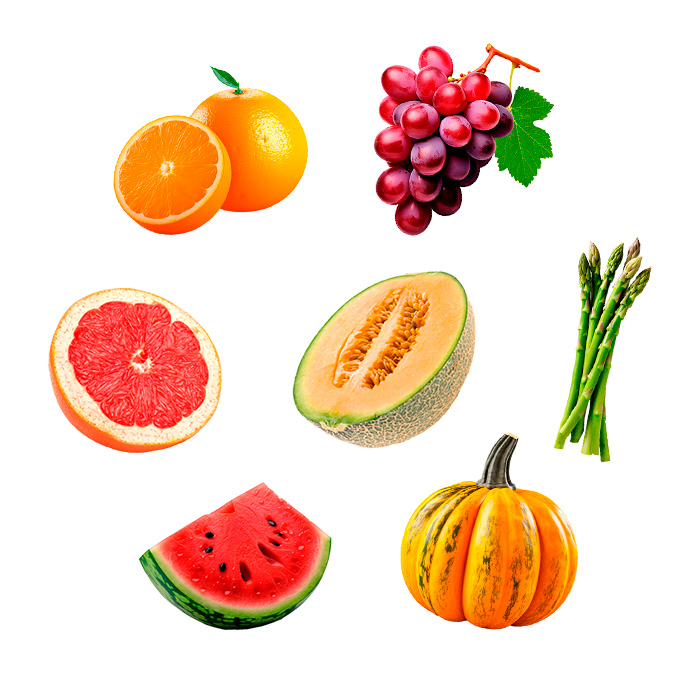
Grapefruit, Orange, Grape, Melon, Asparagus, Watermelon, Pumpkin
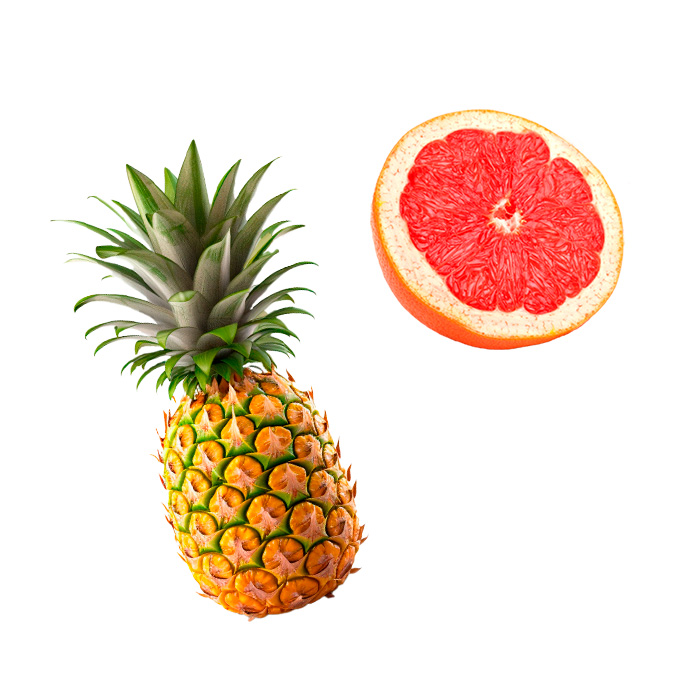
Grapefruit, Pineapple
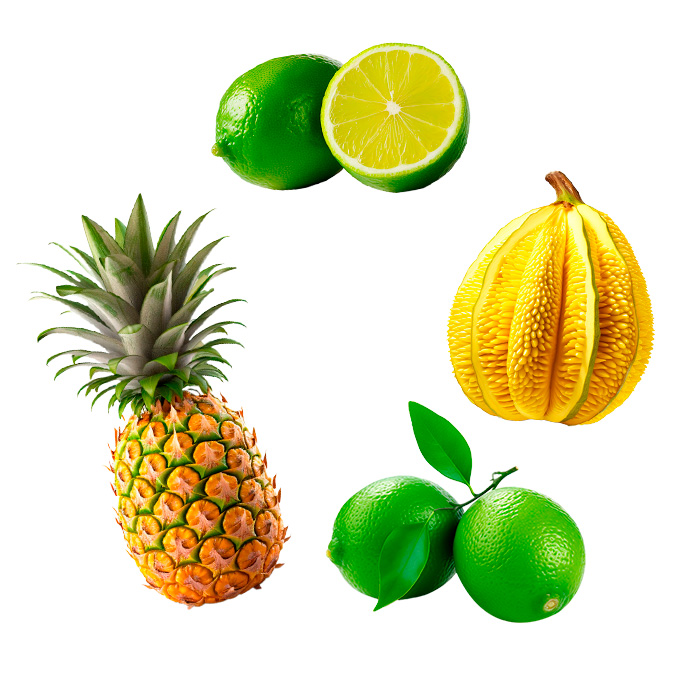
Pineapple, Lemon, Jackfruit, Lemon, Persian Lime
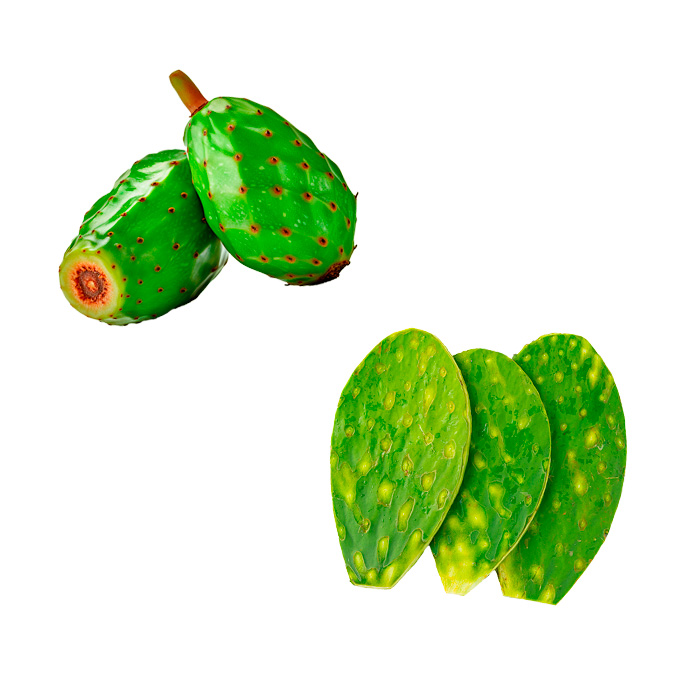
Prickly Pear, Nopal
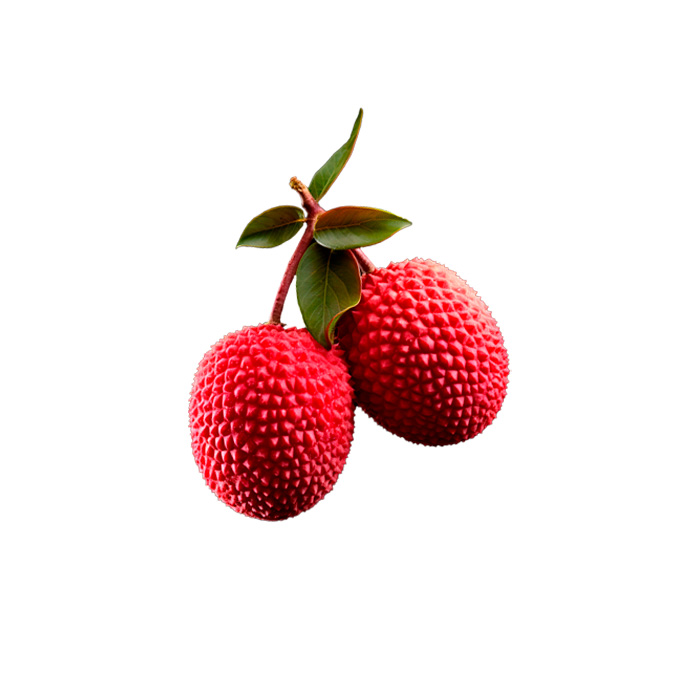
Lychee

Lychee, Tomato

Mango, Mangosteen, Rambutan
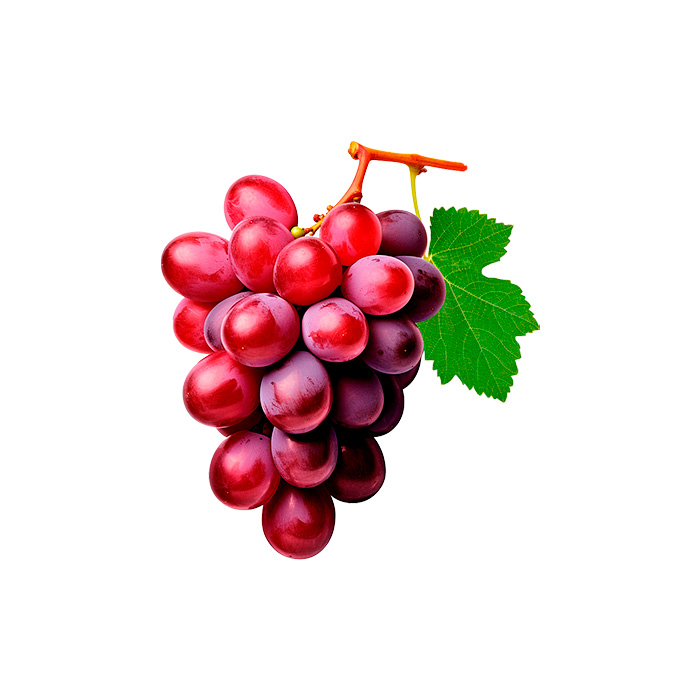
Grape
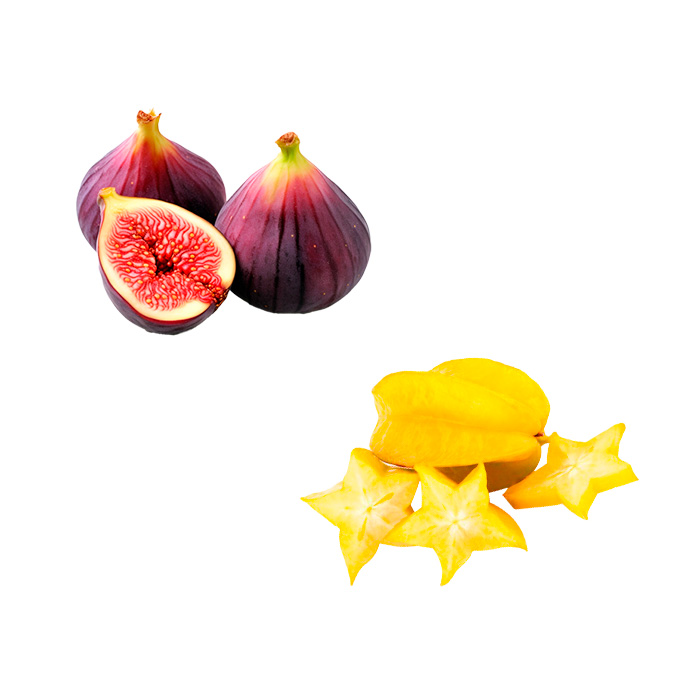
Fig, Starfruit
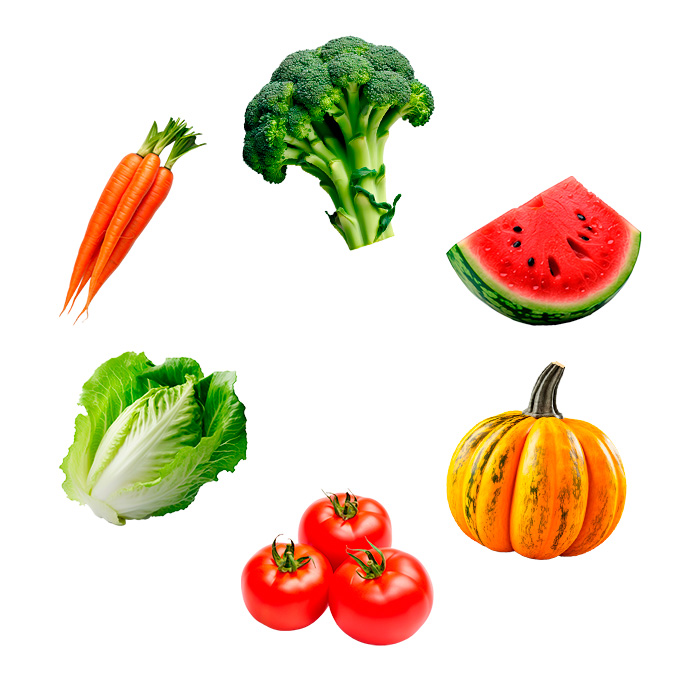
Tomato, Broccoli, Lettuce, Carrot, Watermelon, Pumpkin
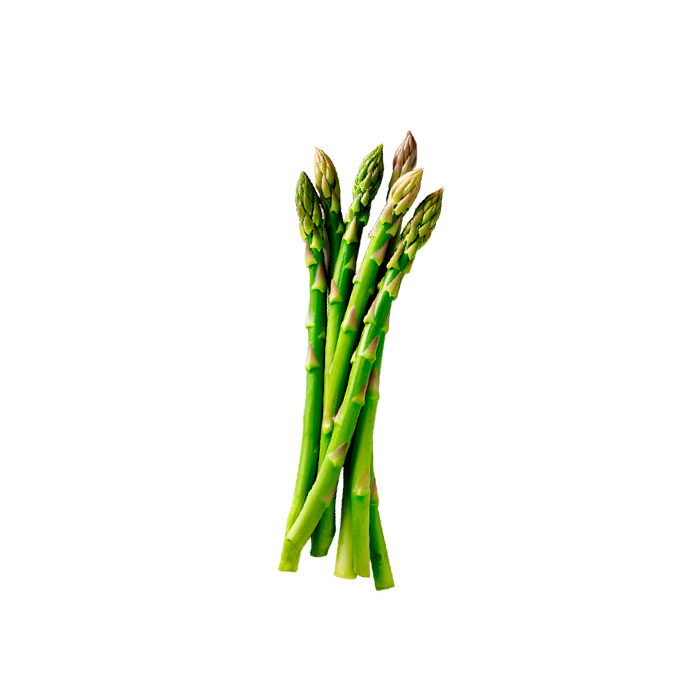
Asparagus
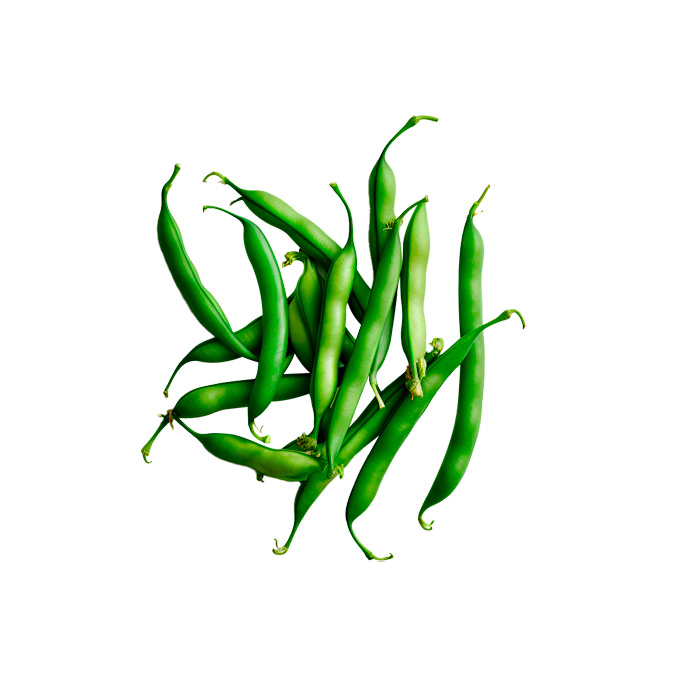
Green Beans

Nopal
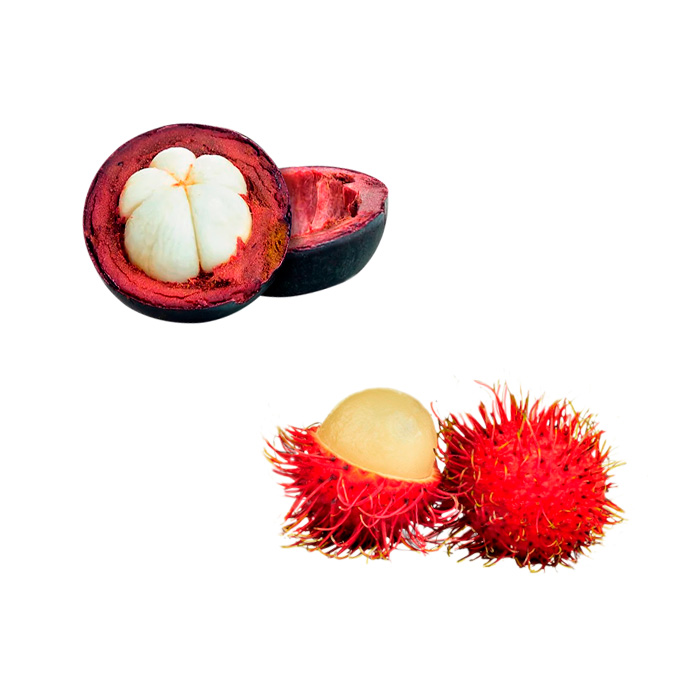
Mangosteen, Rambutan
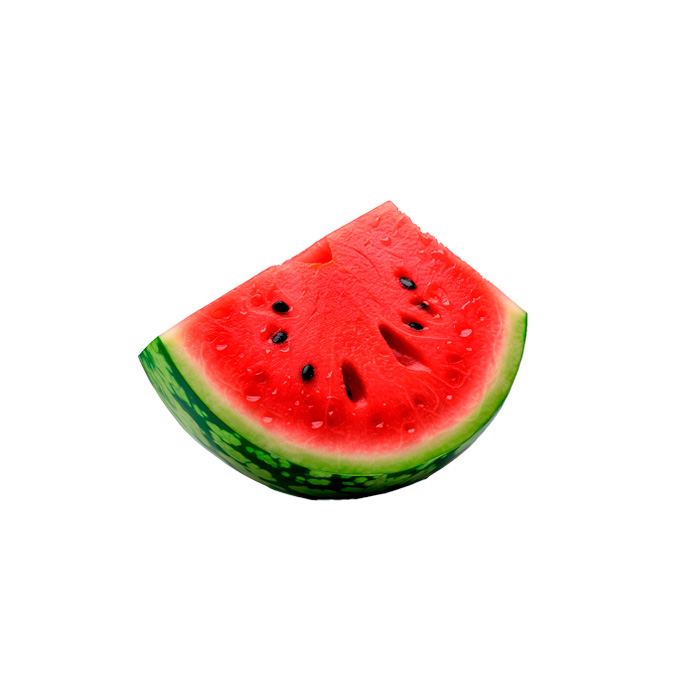
Watermelon
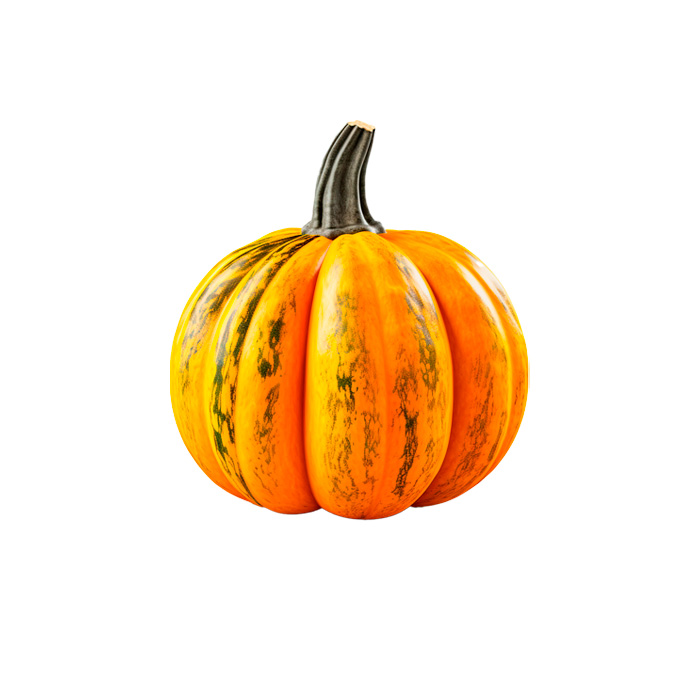
Pumpkin
Pumpkin
Grape
Asparagus
Mangosteen, Rambutan
Organic Banana, Conventional Banana, Guava, Pineapple, Raspberry, Mexican Lime
Nopal
Tomato, Broccoli, Lettuce, Carrot, Watermelon, Pumpkin
Avocado, Cranberry, Blueberry, Blackberry, Raspberry, Mangosteen
Prickly Pear, Nopal
Avocado, Guava, Cranberry, Blackberry, Mango, Tomato, Raspberry, Jackfruit, Persian Lime, Mexican Lime
Fig, Starfruit
Watermelon
Grapefruit, Orange
Mango, Mangosteen, Rambutan
Green Bean
Lychee
Lychee, Tomato
Grapefruit, Orange, Grape, Melon, Asparagus, Watermelon, Pumpkin
Conventional Banana
Pineapple, Lemon, Jackfruit, Lemon, Persian Lime
Grapefruit, Pineapple
Learn about the harvest seasons and when you can find the fruits we cultivate with care and passion.
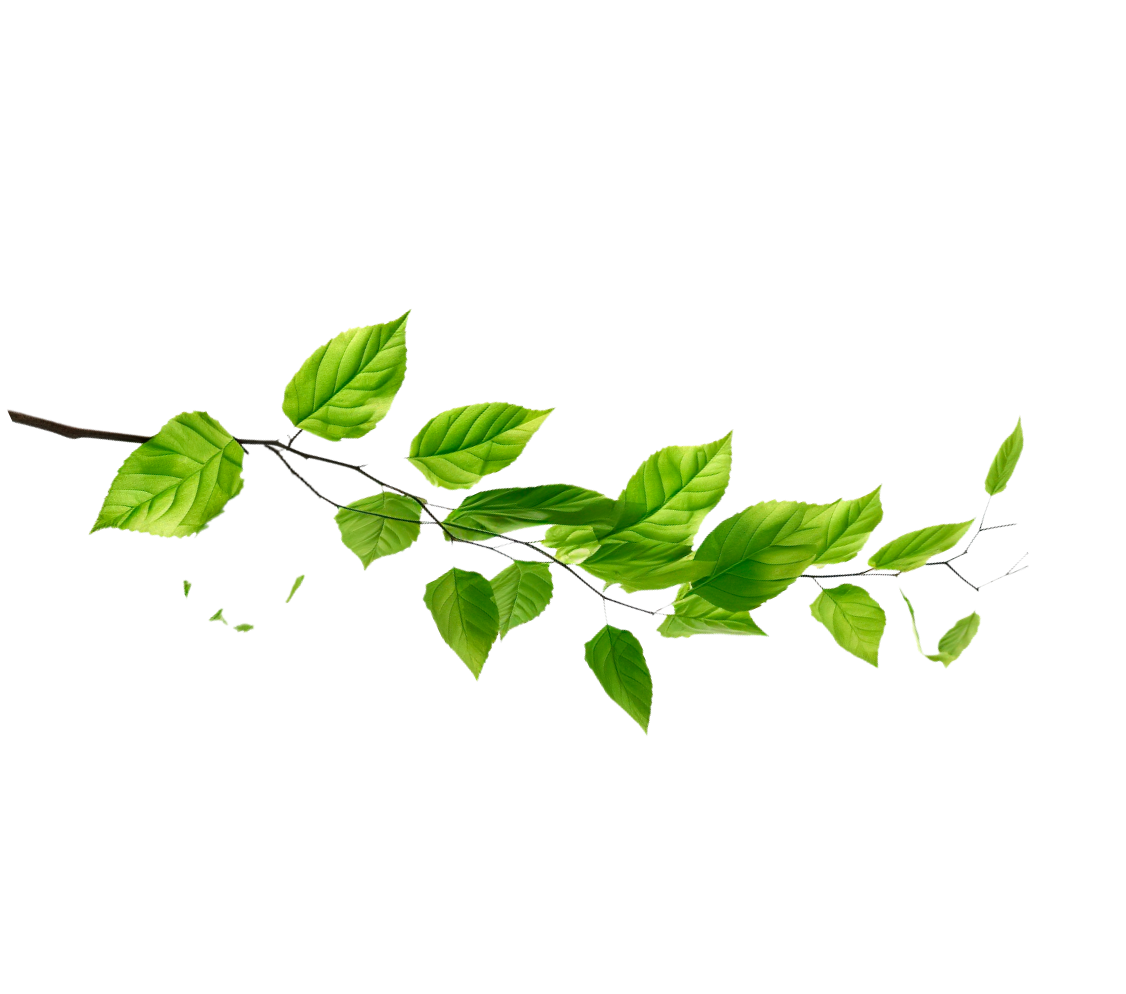
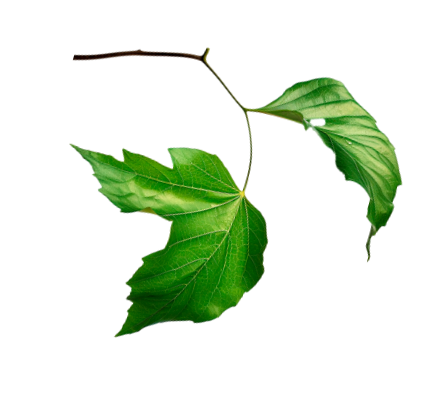


January
JAN
February
FEB
March
MAR
April
APR
May
MAY
June
JUN
July
JUL
August
AUG
September
SEP
October
OCT
November
NOV
December
DEC

Avocado

Organic banana

Banana

Grapefruit

Guava

Orange

Cranberry

Blueberry

Blackberry

Pineapple

Prickly Pear

Lychee

Mango

Grape

Fig

Melon

Lemon

Starfruit

Tomato

Broccoli

Asparagus

Green Bean

Lettuce

Carrot

Nopal

Raspberry

Mangosteen

Jackfruit

Persian Lime

Mexican Lime

Rambutan

Watermelon

Pumpkin
We guarantee the food safety of our consumers through certifications that endorse the freshness and safety of our products.





We bring the best from the field to both national and international levels. We implement packing, logistics, and delivery strategies that ensure the maximum freshness of our products.






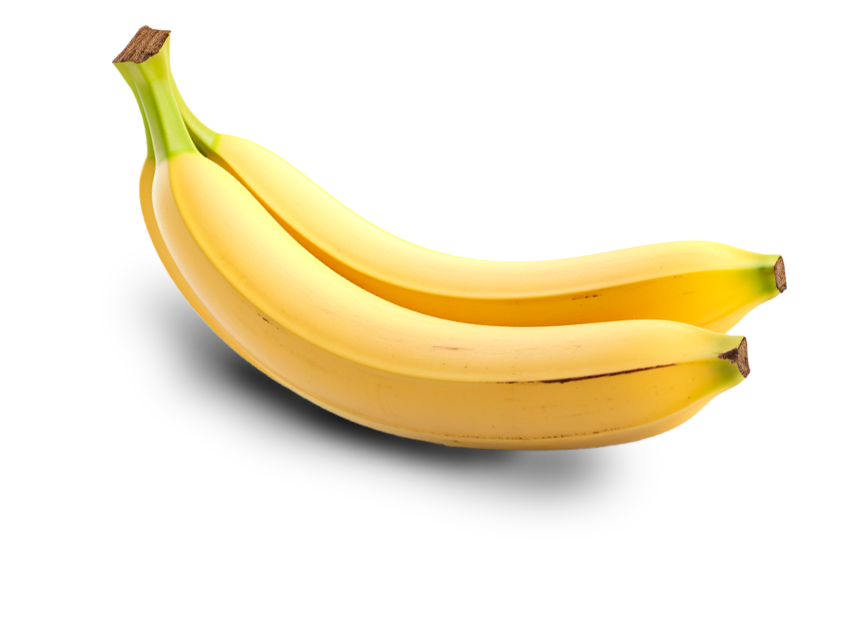
SAIKA FRUITS MEXICO SA DE CV.
Blvd Adolfo López Mateos 2349 piso 4 ofic. 21. Col. Atlamaya, alcaldía Álvaro Obregón, CDMx. Cp 01760.